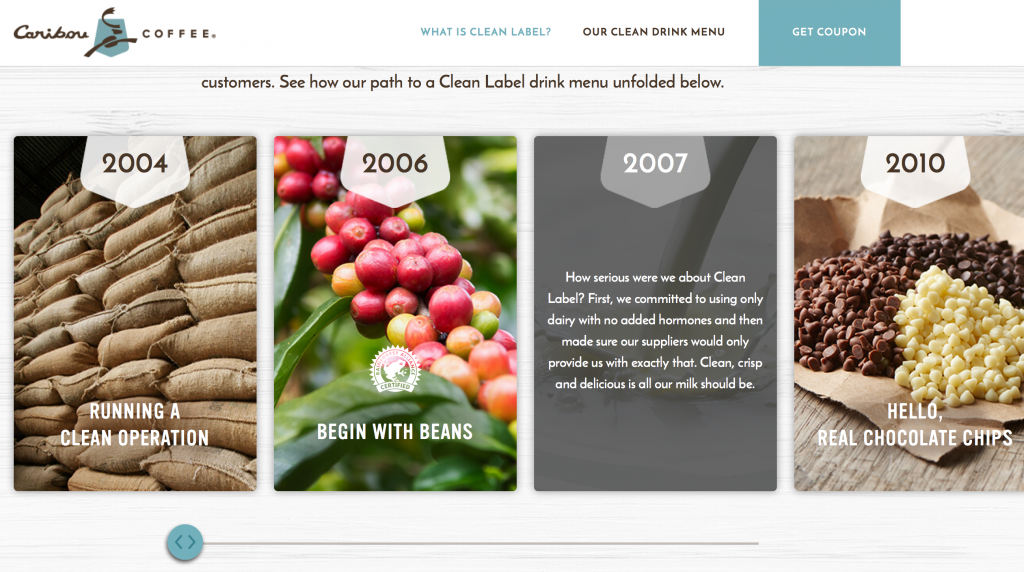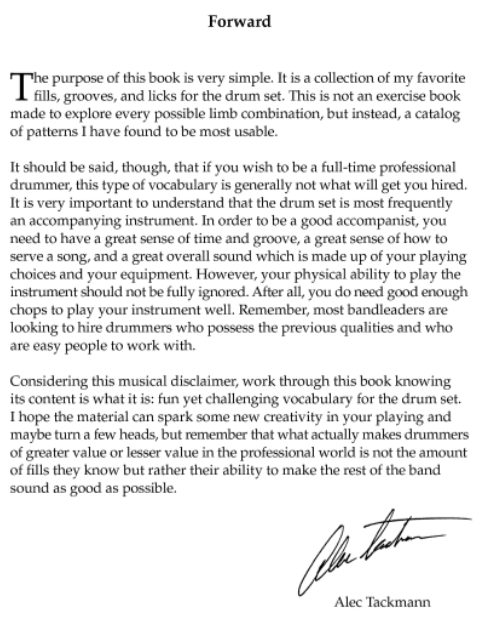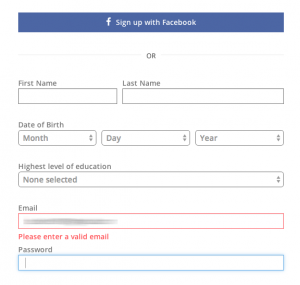I mark my 28th anniversary at IBM on Monday, August 31st.
In a very real sense, each of the 28 years have built to this moment…that what I’m doing now is only possible because of everything I’ve learned.
Let me explain…
While I started out in development, most of my years were spent in design; designing interaction for several products that were born with my pencil, flourished with our team collaborating with users, developers, product owners, and still thrive to this day. In some cases, however, we’ve had to mourn the product’s death. (a hard lesson that every thing has a season, and especially in tech, and you will outlive most of your grandest achievements).
The peak of the flourishing was when I led two design projects: one for cloud, and one for systems. We used latest design techniques at the time to capture what users needed, paired with what I called the 6 pillars of crafting a killer user experience. Soon after, the IBM Design studio emerged, and we adopted IBM Design Thinking, which uses a variety of techniques to focus the design on measurable outcomes, bringing together diverse teams and form a continual loop of Observe, Reflect, Make.
Then came what I call, “The year of the Troubles”, where my technical depth collided with the design mission of the day.
I mourned, then moved on, deciding to learn about other areas of the company (offering management, sales enablement) and then got the chance to work with the best of IBM in the Hybrid Cloud CTO Office, and now in the Cloud Engagement Hub.
It’s here, in the Cloud Engagement Hub, where every bit of those 28 years comes into daily use; and while I did not plan this out from day one, it seems clear to me that I couldn’t do this work today without having experienced the following in my IBM journey…
…how to test systems and devices that would be used in production
…how to lead that team to scale excellence
…how to develop in enterprise shops where large teams depend on you
…how to design user interfaces used by admins to keep their production systems healthy
…how to lead teams that deliver those user experiences
…how to work across distant teams with different cultures to achieve excellence
…how to communicate with confidence, compassion, and diplomacy both inwardly to teams and externally to clients because there are people that are hard to work with. Always have been and always will be
…how to mourn the loss of what I love doing because my skills, while award-winning, were not from “formal training”
…how to pick myself up and find a new path
…how to enable others to do their best through technical accuracy and “knowing our user”
…how to tell a story…that is accurate, technical, current, and compelling
…how to experiment to become an expert in new things, knowing each learning is hard
…how to deliver during high-pressure situations where a lot is on the line
…how to blend deep understanding of our tech, deep understanding of our clients, and compassion for those I interact with…to create a cloud journey that benefits everyone
Each one of those I use nearly every day.
In the work I do now, helping clients define and execute on their technical cloud journeys, I have the chance to bring everything together…and do what I love most…
Design.
But not UI design, nor even user experience design of a product, nor even leading a design army to deliver a large cloud offering,…
I get to design a specific client’s end-to-end technical cloud journey. I get to bring together ALL that IBM has to offer: Cloud, Services, Software, Systems, world-wide experts, and treat each as a design ingredient…part of the palette …to deliver not just products that will delight them, but a customized multi-year journey that will delight them at all levels: business, innovation, IT, Cloud, revenue, …and on and on.
So while I had to mourn the loss of my design world, it turns out it was essential to break me out of the box that would have kept me in. I’ve rebuilt, reimagined, date I say redesigned what I do to to help others in deeper ways than I could have ever imagined:
I design technical cloud journeys
And using my years of design experience is a big part of why it works:
- Using design thinking techniques for all on the team to contribute delivers better ideas, better solutions.
- Using storyboards and as-is journeys and to-be journeys help communicate the vision
- Using Hills (a key ‘north star’ technique) help keep the team on track, the client interested, and in the world of cloud journeys, has a measurable outcome we can commit to (financially and experientially).
- Using my intuition, gut instincts, and creativity to craft a technical cloud journey that is uniquely suited for the client.
This is an exciting time!
I have a lot more thoughts around “Cloud Journey Thinking”, so stay tuned for future articles on how I’m working to apply Design Thinking in a much broader sense to deliver technical cloud journeys to clients.




